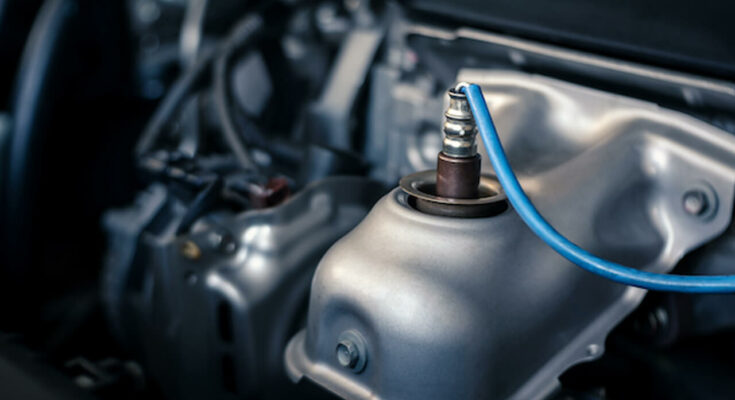If you have a vehicle, you may not be aware that it has an oxygen sensor. If you know about it, you might also not be sure about what it does. Oxygen sensors are crucial vehicle elements, though, so you should know some of the basics about them.
If you need a new vehicle oxygen sensor, there are some great international truck parts you can buy online or at certain brick-and-mortar store locations. You can also get them for cars. Now, let’s talk about some of the more essential takeaways having to do with vehicle oxygen sensors.
The Oxygen Sensor Belongs to a Vehicle’s Emission System
The first thing about vehicle oxygen sensors that you should know is that they’re part of your car or truck’s emission system. If it’s working correctly, it should be able to detect the proportion of oxygen that is present in your vehicle’s engine.
Suggestion: 2025 Toyota Camry Review, Price, Release Date & All Top Specs
Your vehicle works by burning gasoline through the process of internal combustion. This process requires the right amount of oxygen. The typical ratio for every gram of gas is 14 oxygen grams.
Where Is the Vehicle’s Oxygen Sensor Located?
With most vehicles, you can find the oxygen sensor on the passenger’s side. It is near the catalytic converter. It will be mounted directly onto your exhaust pipe.
If you look at a diagram of your vehicle, you should be able to locate it with no issues. You can also ask your mechanic to show it to you the next time you take the vehicle in to get it serviced.
What Does a Vehicle “Running Lean” Mean?
If you talk to a mechanic about how your car’s engine is doing, one thing they may say about it is that it is “running lean.” What that means is that the internal combustion process isn’t happening properly because the engine is getting too much air.
The mechanic may also say that the engine is “running rich.” This means the engine is getting too little air instead of too much.
Either way, the vehicle’s oxygen sensor should detect these problems. You can tell they’re happening because the “check engine” light should go on.
What Happens When the Engine is Running Lean or Rich?
Even if you’re not a mechanic and don’t know much about cars, you can usually tell if your vehicle’s engine is running lean or rich. If it’s running rich, you should see a lot of emissions coming from the vehicle. If it’s lean, the vehicle will jerk when it accelerates.
Also Check: 2024 Dodge Charger Or Dodge Challenger – Which Is Best?
These problems are clear indications the vehicle’s oxygen level isn’t right, and the sensor should tell you that, assuming it’s working properly.
There Are Additional Ways You Can Tell the Oxygen Sensor Isn’t Working
The “check engine” light coming on isn’t the only way you can tell something has gone wrong with your oxygen level. You may see a decrease in fuel mileage, or the vehicle may not pass the emissions test.
Now, you know some of the vehicle oxygen sensor basics.



















